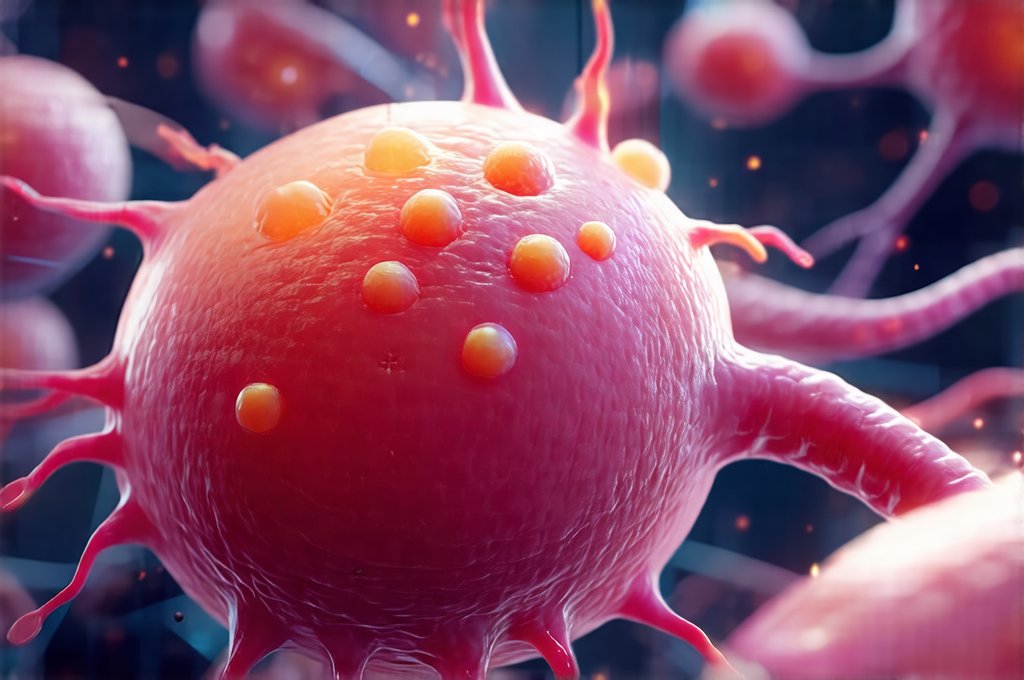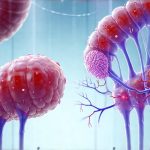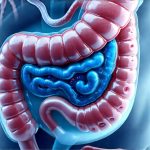Our relationship with food is complex, extending far beyond simple enjoyment or nutritional need. For decades, we’ve focused on willpower and dietary restrictions as primary drivers of eating behavior. However, emerging research reveals a fascinating, often overlooked player: the gut microbiome – the trillions of bacteria, fungi, viruses, and other microorganisms residing in our digestive tract. This intricate ecosystem isn’t just passively digesting our food; it’s actively influencing how we perceive hunger, regulate appetite, and even experience cravings. Understanding this interplay is crucial for developing a more holistic approach to eating well and achieving long-term health.
The gut microbiome operates as an internal communication network, constantly sending signals to the brain via multiple pathways, including the vagus nerve, immune system, and endocrine system. These signals can profoundly impact our hormonal balance, neurotransmitter production, and ultimately, our food choices. It’s not about a lack of willpower causing us to overeat or crave unhealthy foods; it’s often about the microbiome subtly shifting these internal processes in ways that drive those behaviors. A healthy, diverse microbiome supports balanced appetite regulation while an imbalanced one can contribute to increased hunger, stronger cravings, and difficulty maintaining a healthy weight.
The Gut-Brain Axis and Appetite Regulation
The cornerstone of this influence is the gut-brain axis, a bidirectional communication system connecting the gastrointestinal tract and the brain. This isn’t simply a one-way street; information flows in both directions. Our brains can impact gut motility, secretion, and even microbiome composition through stress responses and lifestyle choices. Conversely, the microbiome constantly sends signals to the brain influencing mood, cognition, and crucially, appetite. Specific microbial metabolites – compounds produced by bacteria during digestion – are key communicators. Short-chain fatty acids (SCFAs), like butyrate, propionate, and acetate, are prime examples.
These SCFAs aren’t just waste products; they’re vital signaling molecules. They can travel to the brain via the bloodstream, influencing appetite-regulating centers in the hypothalamus. For instance, some SCFAs have been shown to increase satiety signals, helping us feel fuller for longer and reducing overall food intake. Others may modulate levels of hormones like peptide YY (PYY) and glucagon-like peptide-1 (GLP-1), both of which suppress appetite. A diverse microbiome produces a wider range of SCFAs, offering broader benefits for appetite control.
Furthermore, the gut microbiome influences the production of neurotransmitters like serotonin – often called the “happiness hormone” – and dopamine, associated with reward. Approximately 90% of serotonin is produced in the gut, and microbial activity plays a significant role in its synthesis. Disruptions to the microbiome can therefore impact mood, potentially leading to emotional eating or increased cravings for comfort foods as we seek to boost serotonin levels. The complex interplay between the microbiome, neurotransmitters, and brain reward pathways explains why food isn’t just about fuel; it’s deeply intertwined with our emotional well-being. Understanding fluctuating hormones can further explain these responses.
Hormonal Influences: Leptin & Ghrelin
Leptin, often referred to as the “satiety hormone,” is produced by fat cells and signals to the brain that we are full. Ghrelin, conversely, is known as the “hunger hormone” and stimulates appetite. The microbiome can significantly influence both of these hormones. Dysbiosis – an imbalance in gut bacteria – has been linked to leptin resistance, where the brain becomes less responsive to leptin signals. This means you might not feel full even when you’ve eaten enough, leading to overconsumption.
The mechanisms behind this are still being investigated, but it appears that inflammation caused by a compromised microbiome can interfere with leptin signaling pathways. Specifically, increased gut permeability (often called “leaky gut”) allows bacterial products to enter the bloodstream, triggering an immune response and chronic low-grade inflammation. This inflammatory state disrupts hormonal balance and impairs leptin sensitivity. Similarly, certain microbial populations can influence ghrelin production, potentially leading to increased hunger levels even when energy stores are sufficient.
Addressing dysbiosis through dietary changes – such as increasing fiber intake and incorporating fermented foods – can help restore gut health and improve hormonal regulation. Supporting a diverse microbiome is key to optimizing leptin sensitivity and balancing ghrelin levels, ultimately promoting more natural appetite control. It’s important to note that these aren’t simple fixes; the gut microbiome takes time to rebuild and requires consistent support. Gut transit time can also play a role in hormone regulation.
Fiber Fermentation & Satiety
Fiber isn’t just “roughage” – it’s a crucial food source for our gut bacteria. When we consume fiber-rich foods, our microbiome ferments this undigestible carbohydrate, producing SCFAs as mentioned earlier. But the benefits extend beyond SCFA production. The fermentation process itself contributes to increased gut fullness and delayed gastric emptying – meaning food stays in your stomach longer, promoting a feeling of satiety.
Different types of fiber support different microbial populations, leading to varied SCFA profiles and distinct effects on appetite regulation. For example:
– Resistant starch, found in cooked and cooled potatoes or rice, feeds specific bacteria that produce butyrate, known for its anti-inflammatory properties and role in gut barrier function.
– Inulin, present in onions, garlic, and leeks, supports Bifidobacteria, a beneficial bacterial group associated with improved metabolic health.
Increasing fiber intake gradually is essential to avoid digestive discomfort. Start with small amounts and slowly increase your consumption as your microbiome adjusts. Combining fiber-rich foods with adequate hydration further enhances their benefits. Prioritizing whole, unprocessed foods naturally provides the diverse range of fibers needed for a healthy gut and balanced appetite. A healthy gut is key to fiber absorption.
The Role of Cravings & Microbial Influence
Cravings aren’t simply about lacking willpower; they are often driven by complex neurobiological processes that can be significantly influenced by the microbiome. Specific bacterial strains have been linked to increased cravings for particular foods, particularly those high in sugar or fat. This is partly due to the fact that certain bacteria thrive on these types of foods, and their growth reinforces the craving cycle. For instance, some studies suggest a link between specific gut bacteria and cravings for chocolate or sugary snacks.
These bacteria can actually manipulate our reward pathways, releasing dopamine when we consume their preferred food source – essentially hijacking our brains to drive further consumption. This creates a vicious cycle where cravings become stronger over time. Moreover, an imbalanced microbiome can lead to nutrient deficiencies which may trigger cravings as the body attempts to obtain missing nutrients. It’s not always about indulging in unhealthy foods; it’s sometimes about compensating for underlying imbalances.
Addressing cravings requires more than just resisting them. Focusing on nourishing your gut microbiome with a diverse diet rich in fiber, fermented foods, and prebiotics can help shift microbial populations and reduce the intensity of cravings over time. It’s also important to identify and address any nutrient deficiencies that may be contributing to these urges. A holistic approach combining dietary changes, stress management, and mindful eating is often most effective for managing cravings and fostering a healthier relationship with food. Food rotation can help to reduce sensitivities that drive these cravings. Additionally, understanding how your gut microbiome influences motion sickness may also influence food choices and cravings. Finally, consider the impact of gallbladder removal on digestion and potential craving triggers.


















